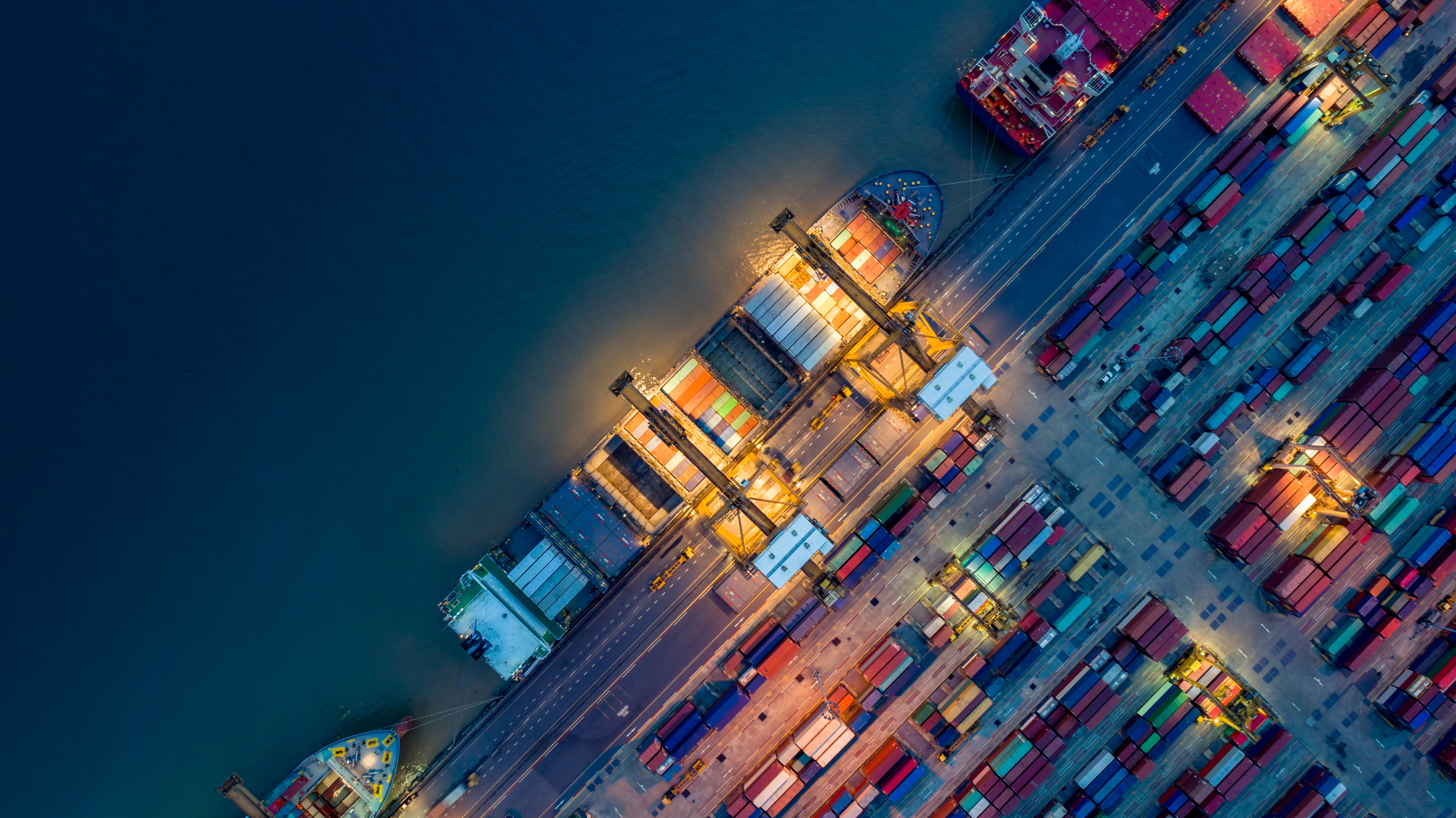In boardrooms focused on geopolitical tensions, high energy costs and tariffs, export controls rarely receive attention - until they disrupt entire business models. This analysis examines why compliance officers are becoming essential strategic advisors in a world where access to technology and resources is increasingly shaped by geopolitical boundaries. It also explores how AI is reshaping compliance operations, allowing teams to shift their focus from routine tasks to long-term planning and deep analysis in today’s fragmented trade landscape.
In recent years, companies have adapted to big shifts in sanctions and export controls that emerged in response to Russia's war in Ukraine. What began as an operational crisis has gradually transformed into a routine compliance function - reviewing sanctions hits, conducting ownership investigations and assessing transactions for red flags. For many businesses, this work has become a necessary but often lower-priority task.
Yet beneath this surface of procedural compliance, profound changes are reshaping the landscape of export controls. These shifts extend far beyond regulatory frameworks - they are deeply strategic and have the potential to fundamentally alter business operations across industries.
Export controls have shifted further from having a security focus to being a tool of political and technological leverage
The most significant transformation is driven by the US-China economic and technological rivalry. A key development was the passage of the AI Diffusion Framework (Federal Register, 2025), which builds on previous US efforts to restrict China’s access to advanced semiconductors and related technologies.
The US AI Diffusion Framework fundamentally restructures global technological access by dividing the world into three distinct tiers:
Tier One: Countries with unrestricted access to the most advanced chips and AI model weights, primarily consisting of the US and its closest allies.
Tier Two: Nations, including many in the European Union, that face strict quotas and licensing requirements.
Tier Three: Countries like Russia and China, which are fully restricted from obtaining such technology.
The impact of these policies is already evident. When reports emerged that Nvidia chips were still reaching China despite export controls, Nvidia’s stock declined more than 8% in March 2025 (Business Insider, 2025). This demonstrates the immediate financial and strategic consequences of regulatory developments in the technology sector.
While the future direction of these controls remains somewhat uncertain under the new US administration, the trajectory suggests an increasing, rather than decreasing, level of restriction.
At the same time, China is not remaining passive. It has responded by leveraging its dominance in critical raw materials, introducing export restrictions on gallium and germanium in July 2023 (MOFCOM, 2023), followed by further controls on tungsten, bismuth and molybdenum in January 2024 (MOFCOM, 2024). These measures create asymmetrical pressure on industries reliant on Chinese-sourced materials, particularly the aerospace, defence and high-tech sectors.
Impact across industries
The reality is that export controls are not equally relevant across industries. In sectors such as consumer products, the direct impact may be lower, confined to supply chain disruptions. However, for industries like aerospace defence, biotech, industrial manufacturing and chemicals, these controls are business critical. Companies in these sectors must closely monitor regulatory developments to avoid much more than operational disruptions, financial penalties or reputational damage. They need to understand what this means for their long-term strategy.
Consider these situations:
A Belgian technology company planning to invest in a data centre in a Tier Two country must navigate a strictly limited quota of computing power allocations - a constraint that fundamentally impacts their business strategy, not just their compliance procedures. And what if the allocation of countries between tiers suddenly changes?
A manufacturer sourcing gallium from China for products destined for the US market must evaluate potential Chinese export restrictions as a strategic risk. Can the company secure alternative suppliers? Will disruptions impact production timelines and costs? These questions extend far beyond the compliance department.
Agentic AI is transforming compliance routine
At the same time, the daily job of compliance professionals is changing fast. Until now, compliance teams have spent much of their time on paperwork and routine checks - necessary tasks that consume valuable time and resources.
Agentic AI is promising to reshape this work by automating key compliance functions such as sanctions screening, transaction monitoring and product classification. These systems can process vast amounts of data at speed, identifying patterns that might otherwise go unnoticed. By handling the repetitive aspects of compliance, AI will allow teams to focus on more complex challenges.
But there are still clear limits to what AI can do today. When compliance questions fall into grey areas, AI lacks the judgment needed to make nuanced decisions. Companies remain cautious about relying too heavily on automation, particularly when regulators may hold them accountable for compliance failures. Human oversight remains essential, as authorities expect companies to demonstrate responsibility in their decision-making.
Even with these limitations, the direction is clear: automation will take on more sophisticated tasks over time. This shift is not just about efficiency - it is changing what compliance professionals do. As AI reduces the administrative burden, compliance teams can focus on broader strategic concerns: identifying risks, preparing for regulatory shifts and advising leadership on how rules affect business operations in the short- and long-term.
The most valuable compliance professionals are no longer just rule enforcers; they are becoming business advisors, helping companies navigate an increasingly complex regulatory landscape.
Important questions for export controls professionals and business leaders
This transformation raises two critical questions that business leaders and compliance officers must address:
1. Are our compliance processes optimised enough to allow tactical and strategic insight?
Compliance teams need to break free from administrative burdens to contribute meaningfully to corporate tactics and strategy.
The compliance organisation and processes should be clear and optimal to allow for better automation.
The implementation of Agentic AI should be evaluated not just for cost savings, but also for its ability to elevate compliance to a business advisor function.
2. Are company leadership and decision-makers integrating export controls risks into their long-term strategy?
Corporate strategy must account for an increasingly fragmented regulatory landscape.
Business development plans should include scenario analyses for various regulatory outcomes.
Supply chain resilience must be assessed against potential new restrictions in both Western and Eastern regulatory regimes.
Market entry strategies may need to account for technology access constraints that didn't exist previously.
The path forward: Strategic compliance
The export control landscape is no longer just about checking boxes - it's about charting a course through increasingly complex geopolitical waters.
To navigate this new reality effectively, businesses should:
Invest in automation technologies that free compliance teams from routine tasks.
Elevate compliance leadership to strategic decision-making forums.
Develop scenario planning capabilities that account for regulatory fragmentation.
Create cross-functional teams that bridge compliance, strategy and operations.
Implement early warning systems for regulatory developments that could impact business models.
In this new era, companies that integrate export controls into their broader risk and strategy assessments will be better equipped to navigate regulatory challenges and market shifts. Rather than seeing compliance as just a cost of doing business, organisations can use it as a tool for informed decision-making and long-term resilience.














